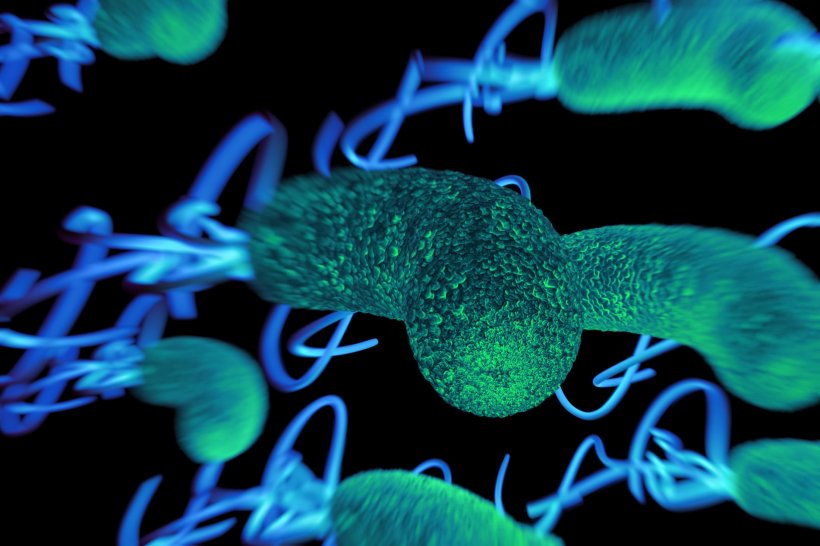Infections, whether community-acquired or nosocomial, significantly contribute to morbidity and mortality in critical care settings. With sepsis affecting up to 30% of ICU patients, largely driven by severe community-acquired pneumonia (sCAP) – which has notably increased during the COVID-19 pandemic – managing these infections poses multifaceted challenges. These include early diagnosis, severity stratification, and providing prognostic assessments and treatment guidelines. Digital PCR (dPCR), a next-generation PCR method, offers several technical advantages in addressing these challenges, such as higher sensitivity and tolerance to inhibitors compared to real-time fluorescence PCR, better reproducibility, and the capability for absolute quantification without standard curves.
Infections in Intensive Care
Infectious diseases are a primary reason for ICU admissions. Sepsis, a critical condition stemming from a dysregulated response to infection leading to organ dysfunction, is seen in a significant portion of ICU patients. The recent surge in sCAP cases, triggered by the COVID-19 pandemic, has emphasized the need for robust diagnostic methods. ICU-acquired infections, often involving multidrug-resistant (MDR) pathogens due to factors like invasive procedures and broad-spectrum antibiotics, further complicate patient management. Common nosocomial infections include ventilator-associated pneumonia (VAP), bloodstream infections (BSI), and infections related to catheters, wounds, and gastrointestinal issues.
dPCR: A Technical Marvel in Microbiology
dPCR is revolutionizing microbiology diagnostics. It operates by dividing PCR components into thousands of microreactors, allowing PCR amplification of target genes in each partition. This approach, utilizing mechanisms like emulsified microdroplets or microfluidic valves, provides several advantages, including reduced impact from PCR inhibitors, highly reproducible results, and higher analytical sensitivity, making it ideal for detecting microbial genes, species identification, and antimicrobial resistance.
Applications of dPCR in Microbial Gene Detection
While traditional culture-based methods remain the gold standard for bacterial and fungal pathogen detection, dPCR has shown greater sensitivity and specificity in several studies. It has successfully identified bacterial pathogens in sepsis patients, particularly those with Mycobacterium tuberculosis (MTB) infection, and has been effective in detecting major BSI Gram-negative pathogens. dPCR’s capability for rapid and sensitive detection of pathogens in various clinical samples, including blood, plasma, and pleural or peritoneal fluids, underscores its utility in critical care.
Quantifying Microbial Burden
The ability of dPCR to quantify microbial burden is crucial for assessing severity, prognosis, and guiding treatment in ICU patients. Studies have demonstrated that dPCR can be used to quantify bacterial DNA in blood, providing insights into the severity of infections and patient outcomes. Monitoring bacterial DNA loads during BSI has shown significant differences between survivors and non-survivors, highlighting the potential of dPCR in clinical prognosis.
dPCR in Target Host Reactions
dPCR’s application extends to analyzing host responses. Studies have used dPCR to evaluate gene expression ratios, providing valuable diagnostic and prognostic information in sepsis and systemic inflammatory response syndrome (SIRS). The quantification of gene expression levels, including those involved in emergency granulopoiesis and immune synapse, offers insights into the severity and progression of sepsis and related conditions.
Microbial Ecology Research
dPCR has also played a role in microbial ecology research, providing insights into bacterial density, community composition, and the relationship with clinical outcomes. Studies involving rectal swabs and environmental samples in ICUs have used dPCR to explore bacterial DNA density and its impact on patient and infant microbiomes.
Conclusion
dPCR stands out as a transformative genetic testing technology in critical care medicine, enhancing the diagnosis and clinical management of infections. While much of the current research is exploratory, the potential of dPCR is evident, warranting further large-scale studies to validate its application in this field.


